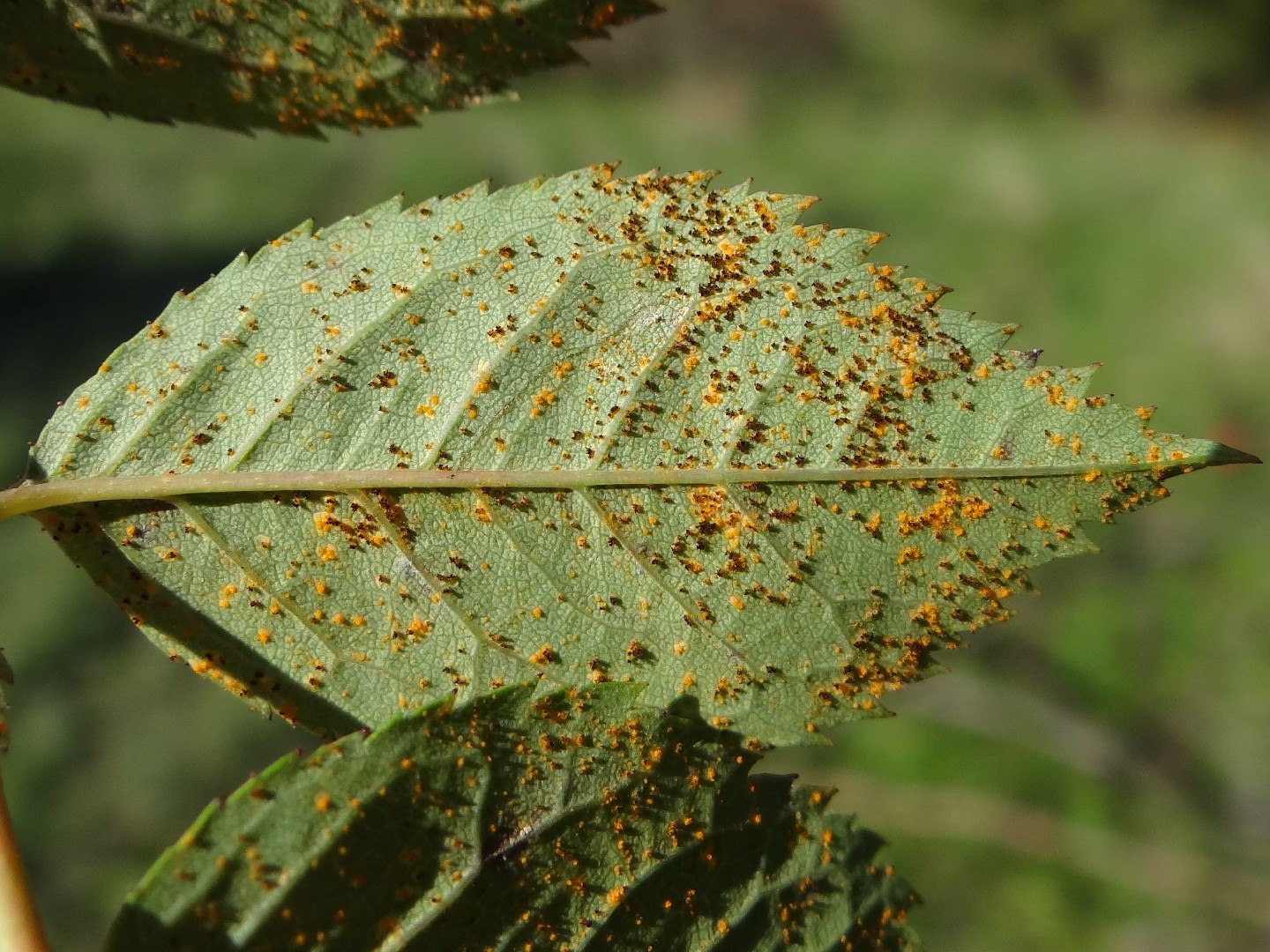Melampsorella
Scientific name: Melampsorella
Melampsorella
Scientific name: Melampsorella
 Photo By Jerzy Opioła , used under CC-BY-SA-4.0 /Cropped and compressed from original
Photo By Jerzy Opioła , used under CC-BY-SA-4.0 /Cropped and compressed from original Description
Melampsorella includes fungi that are especially known for their association with conifer trees. One notable characteristic is their ability to cause a plant disease that induces witches' broom-like growths. These fungi have complex life cycles, often involving two different plant hosts to complete their development. Spores from melampsorella can travel significant distances, aiding their spread across forested areas.
Species of Melampsorella
Scientific Classification
Phylum
Club fungi Class
Pucciniomycetes Order
Rust fungi Family
Pucciniastraceae Genus
Melampsorella